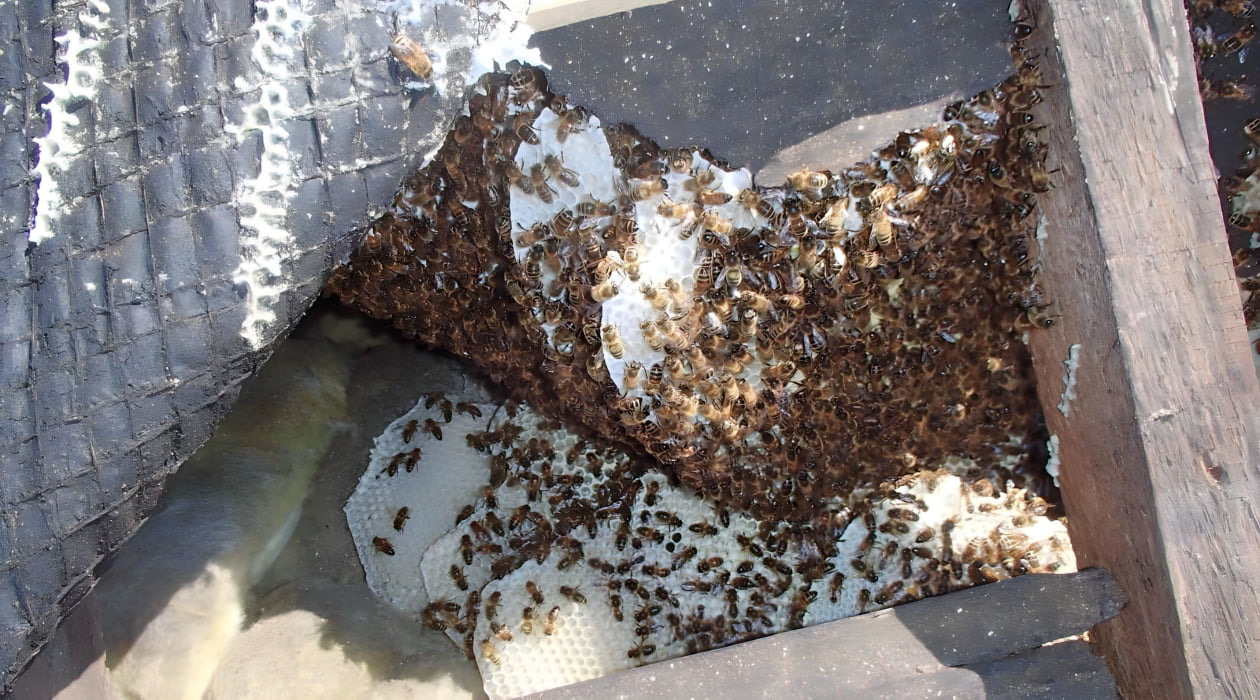

Articles
How To Get Rid Of Bees In The Attic
Modified: December 7, 2023
Learn effective methods and articles for getting rid of bees in the attic. Safely remove these pests and reclaim your living space.
(Many of the links in this article redirect to a specific reviewed product. Your purchase of these products through affiliate links helps to generate commission for Storables.com, at no extra cost. Learn more)
Introduction
Bees are an important part of our ecosystem, but when they find their way into your attic, they can become a nuisance and pose a potential threat to your home and family. Dealing with a bee infestation in the attic requires careful consideration and action to ensure the safety of both humans and bees.
In this article, we will explore the signs of bees in the attic, safety precautions to take when dealing with them, natural methods for removing bees, and when it’s necessary to hire a professional bee removal service. We will also discuss some preventive measures to help you avoid future bee infestations.
So, if you’re faced with the buzzing presence of bees in your attic, read on to learn how to effectively get rid of them while minimizing any harm to both you and the bees.
Key Takeaways:
- Safety First!
When dealing with bees in the attic, prioritize safety by wearing protective clothing, working during cooler periods, and considering natural methods before seeking professional bee removal services. - Prevention is Key
After removing bees, prevent future infestations by sealing entry points, trimming vegetation, and consulting professionals for customized preventive solutions. Create a bee-resistant environment while respecting their ecological role.
Read more: How To Get Rid Of Bees In Eaves
Signs of Bees in the Attic
If you suspect that bees have made their way into your attic, there are several signs you can look out for to confirm their presence. Keep in mind that it’s important to be cautious when investigating these signs, as bees can become agitated and defensive if they feel threatened.
- Audible buzzing: One of the most obvious signs of bees in the attic is the sound of buzzing. If you notice a consistent buzzing noise coming from the attic, it’s likely that bees have established a colony there.
- Increased bee activity: Another sign is an increase in bee activity around your home. If you see a higher number of bees hovering around the roof or entering and exiting your attic, it’s a clear indication that there is a bee infestation.
- Visible entry points: Bees typically enter the attic through small openings, such as cracks or gaps in the roof or walls. Look for any visible holes or openings in these areas, as they can serve as entry points for bees.
- Bee droppings: Bees create droppings known as “frass.” These droppings may appear as small black or brown specks near the entry points or on surfaces within the attic.
- Wax and comb: Bees build their hives using wax and create comb structures to store honey and raise their young. If you find wax or comb formations in your attic, it’s a clear sign of a bee infestation.
Remember, it’s essential to approach these signs with caution and avoid any direct contact with the bees. While bees serve a vital ecological role, it’s best to have them safely removed from your attic to prevent any potential damage or risks.
Safety Precautions
Dealing with bees in the attic requires utmost caution to protect yourself and minimize harm to the bees. Follow these safety precautions when attempting to remove bees:
- Wear protective clothing: Before entering the attic, make sure to wear protective clothing, including a beekeeping suit or thick long-sleeved clothing, gloves, a hat, and a veil. This will help prevent bee stings and potential allergic reactions.
- Work during cooler periods: Bees are less active during cooler periods, such as early morning or late evening. Plan your bee removal efforts during these times to reduce the risk of bee agitation.
- Seal off other areas: Before starting the removal process, ensure that all other access points to your home, such as windows or vents, are securely sealed to prevent bees from entering other areas of your house.
- Use protective barriers: Use plastic sheeting or netting to create a barrier between the work area and the rest of the attic. This will help contain the bees in one area and prevent them from dispersing further.
- Have an escape plan: It’s crucial to plan an escape route in case the bees become agitated. Familiarize yourself with the attic layout and identify a clear path to safety.
- Keep bystanders away: Restrict access to the attic and ensure that all family members, including pets, are kept at a safe distance. This will minimize the risk of bee stings and potential panic.
- Consider allergies: If you or anyone in your household has known allergies to bee stings, it’s important to have a plan in place and carry appropriate medications, such as an epinephrine auto-injector (EpiPen).
Remember, safety should always be your top priority when dealing with bees in the attic. While these precautions can minimize risks, it’s important to exercise caution and prioritize professional help if you’re unsure about handling the situation on your own.
Natural Methods for Removing Bees
If you prefer a more eco-friendly approach to remove bees from your attic, there are several natural methods you can try. Keep in mind that these methods are most effective for smaller bee colonies. For larger or more aggressive infestations, it’s best to seek professional assistance.
- Smoke method: Bees are sensitive to smoke, which triggers a response to protect their hive. Using a smoker, gently introduce smoke into the attic near the bee colony. This can disrupt their communication and make them more docile, allowing you to remove them more safely. Remember to use caution and follow proper smoker safety guidelines.
- Essential oils: Certain essential oils, such as peppermint, lemongrass, or citronella, have strong scents that can deter bees. Mix a few drops of these oils with water and spray the solution around the areas where bees are present. The strong scent may discourage them from staying in your attic.
- Vinegar solution: Create a mixture of equal parts vinegar and water and spray it on the entry points or near the bee colony. Bees dislike the strong smell of vinegar, which can help drive them away or discourage them from entering your attic in the first place.
- Removing the hive: If you can locate the bee hive or comb, carefully remove it using gloves and place it in a sealable bag or container. Then, relocate the hive to a more suitable location away from your home. Be sure to consult local ordinances and regulations before attempting this method.
- Using bee traps: Construct or purchase bee traps designed to capture and relocate bees. These traps are placed near the entry points or within the attic and use attractants to lure the bees inside. Once trapped, you can release them safely away from your home.
While these natural methods can be effective, it’s important to proceed with caution and prioritize your safety. If you’re unsure about using these methods or the infestation is severe, it’s best to consult a professional bee removal service for assistance.
Seal all entry points to prevent bees from entering the attic, then call a professional to safely remove the hive. Do not attempt to remove the hive yourself as it can be dangerous.
Hiring a Professional Bee Removal Service
When dealing with a large or aggressive bee infestation in your attic, hiring a professional bee removal service is often the safest and most effective option. These experts have the knowledge, experience, and specialized equipment to handle bee removal in a controlled and humane manner.
Here are some reasons why you should consider hiring a professional bee removal service:
- Expertise: Professional bee removal technicians have an in-depth understanding of bee behavior and know the most effective methods for safely removing bees from your attic. They can accurately assess the infestation, identify the type of bees, and determine the appropriate course of action.
- Protective gear and equipment: Bee removal professionals are equipped with the necessary protective clothing, beekeeping suits, and specialized tools to safely handle bees and remove hives. They have experience working with different bee species and can protect themselves from potential bee stings.
- Safe hive removal: Professionals are skilled in removing bee hives without causing harm to the bees or your property. They will use techniques to gently relocate the bees and their hive to a more suitable location, ensuring their survival and minimizing the risk of reinfestation.
- Thorough inspection: In addition to removing the bees, professional bee removal services will conduct a thorough inspection of your attic and identify any potential factors that may have attracted the bees in the first place. They can provide recommendations to prevent future infestations.
- Legal compliance: Some bee species, such as honey bees, are protected by law in certain areas. Professional bee removal services are well-versed in local regulations and will ensure that all necessary permits and guidelines are followed during the removal process.
- Safety and peace of mind: Hiring professionals not only ensures the safety of you and your family but also minimizes the risk of causing harm to the bees. You can have peace of mind knowing that experts are handling the situation with care and expertise.
When selecting a professional bee removal service, ensure they are licensed, insured, and have a good reputation in the industry. It’s also advisable to request a detailed estimate and inquire about their methods for removing and relocating the bees.
Remember, it’s important to address bee infestations promptly and professionally to protect both your home and these valuable pollinators.
Read more: How To Get Rid Of Bees In The Grass
Preventing Future Bee Infestations
After successfully removing bees from your attic, taking preventive measures can help reduce the likelihood of future infestations. Here are some steps you can take to prevent bees from returning to your attic:
- Seal entry points: Thoroughly inspect your home for any openings or gaps that bees can use to enter your attic. Seal cracks in the walls, repair damaged roof tiles, and screen vents and windows to prevent bee access.
- Trim vegetation: Bees are attracted to flowering plants and trees near your home. Regularly trim tree branches and shrubs away from your roof to minimize the appeal of your attic as a potential nesting site.
- Remove food sources: Bees are attracted to sweet substances and food residue. Clean up outdoor food spills promptly, secure trash cans with tight-fitting lids, and minimize the presence of exposed food sources to reduce bee activity around your home.
- Inspect regularly: Conduct regular inspections of your attic and other potential nesting areas around your property. Look for signs of bee activity, such as wax, comb, or buzzing sounds, and address any issues promptly to prevent infestations from escalating.
- Consider deterrents: Certain plants, such as marigolds, mint, and citronella, are known to deter bees due to their strong scent. Consider planting these around your home to discourage bees from setting up colonies near your attic.
- Consult professionals: If you notice bee activity near your home or suspect a potential infestation, consult a professional pest control or bee removal service. They can assess your property, identify potential vulnerabilities, and provide customized preventive solutions.
- Educate yourself: Learn more about bees and their behavior to better understand how to coexist with these important pollinators. By understanding their ecological role and adopting bee-friendly practices, you can create a harmonious environment that minimizes the risk of infestations.
These preventive measures can help reduce the attractiveness of your attic to bees and minimize the chances of future infestations. By being proactive and taking steps to create a bee-resistant environment, you can ensure the comfort and safety of your home while respecting the vital role bees play in our ecosystem.
Conclusion
Dealing with bees in the attic can be a challenging and potentially hazardous situation. However, by understanding the signs of infestation and taking the appropriate steps, you can effectively remove bees while prioritizing safety for both humans and bees.
Whether you choose to utilize natural methods, hire a professional bee removal service, or implement preventive measures, it’s essential to approach bee infestations with caution and respect. Bees play a crucial role in pollination and the overall health of our environment, so it’s important to handle their removal in a humane and responsible manner.
Remember, prevention is key to avoiding future bee infestations. Regularly inspect and maintain your home, seal any potential entry points, and eliminate attractive food sources. By taking these steps, you can minimize the risk of bees returning to your attic.
If you’re unsure about handling a bee infestation on your own or if the infestation is severe, it’s always best to consult a professional bee removal service. These experts have the knowledge, experience, and tools necessary to safely remove bees and relocate them without causing harm.
By approaching bee infestations with care and implementing preventive measures, you can ensure a harmonious coexistence with bees while maintaining the safety and comfort of your home.
Remember, bees are valuable pollinators and important contributors to our ecosystem, so let’s do our part to protect them while keeping our homes bee-free.
Frequently Asked Questions about How To Get Rid Of Bees In The Attic
Was this page helpful?
At Storables.com, we guarantee accurate and reliable information. Our content, validated by Expert Board Contributors, is crafted following stringent Editorial Policies. We're committed to providing you with well-researched, expert-backed insights for all your informational needs.
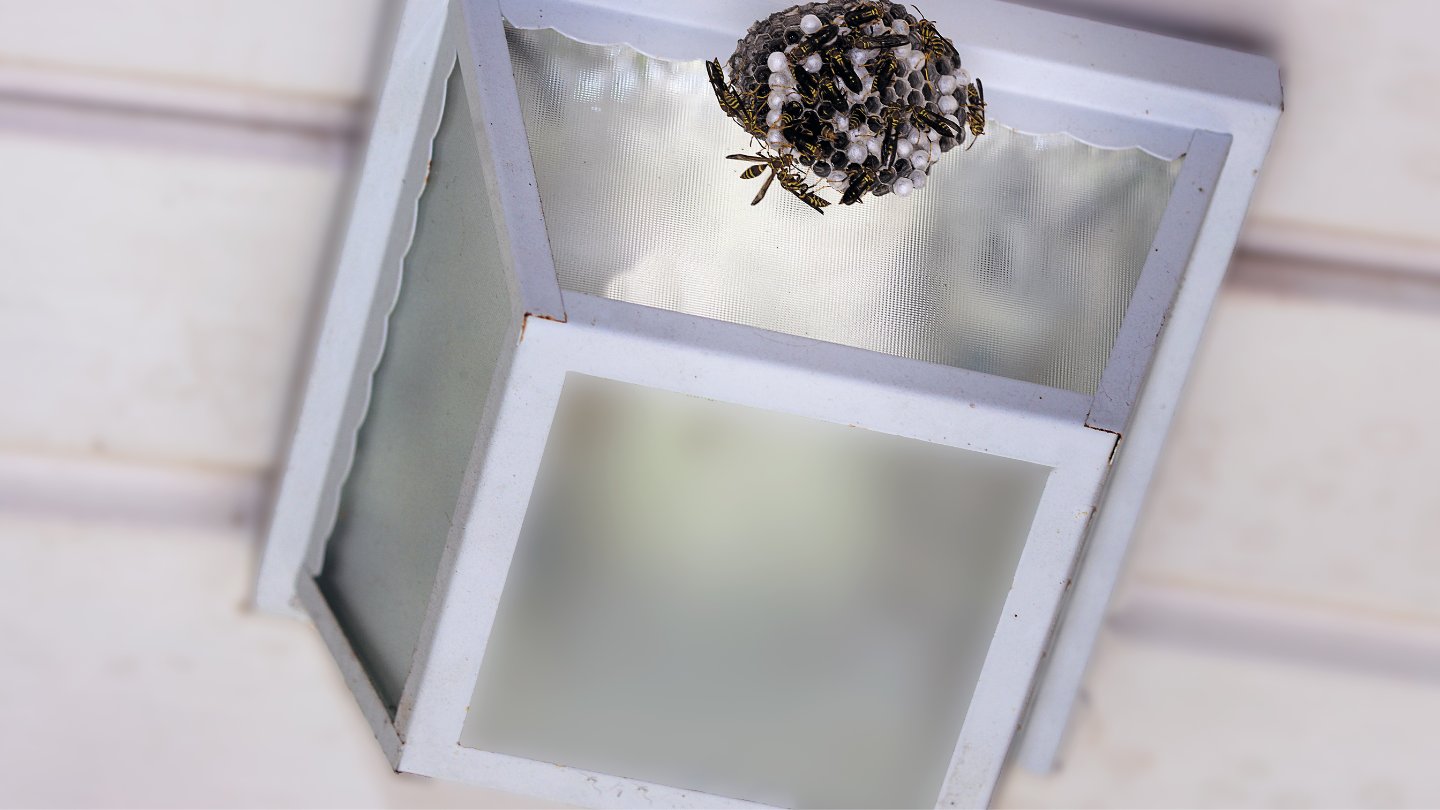
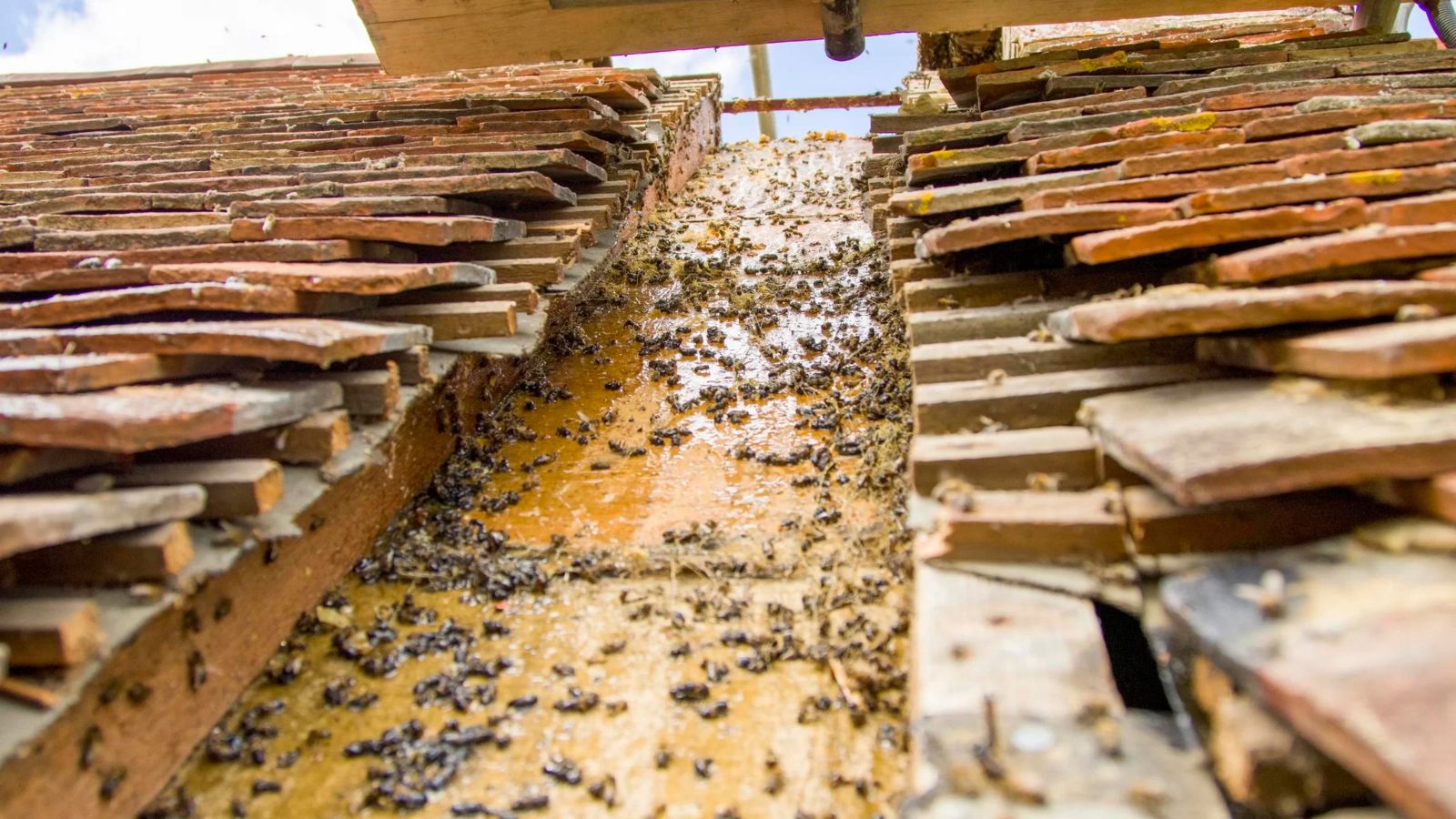
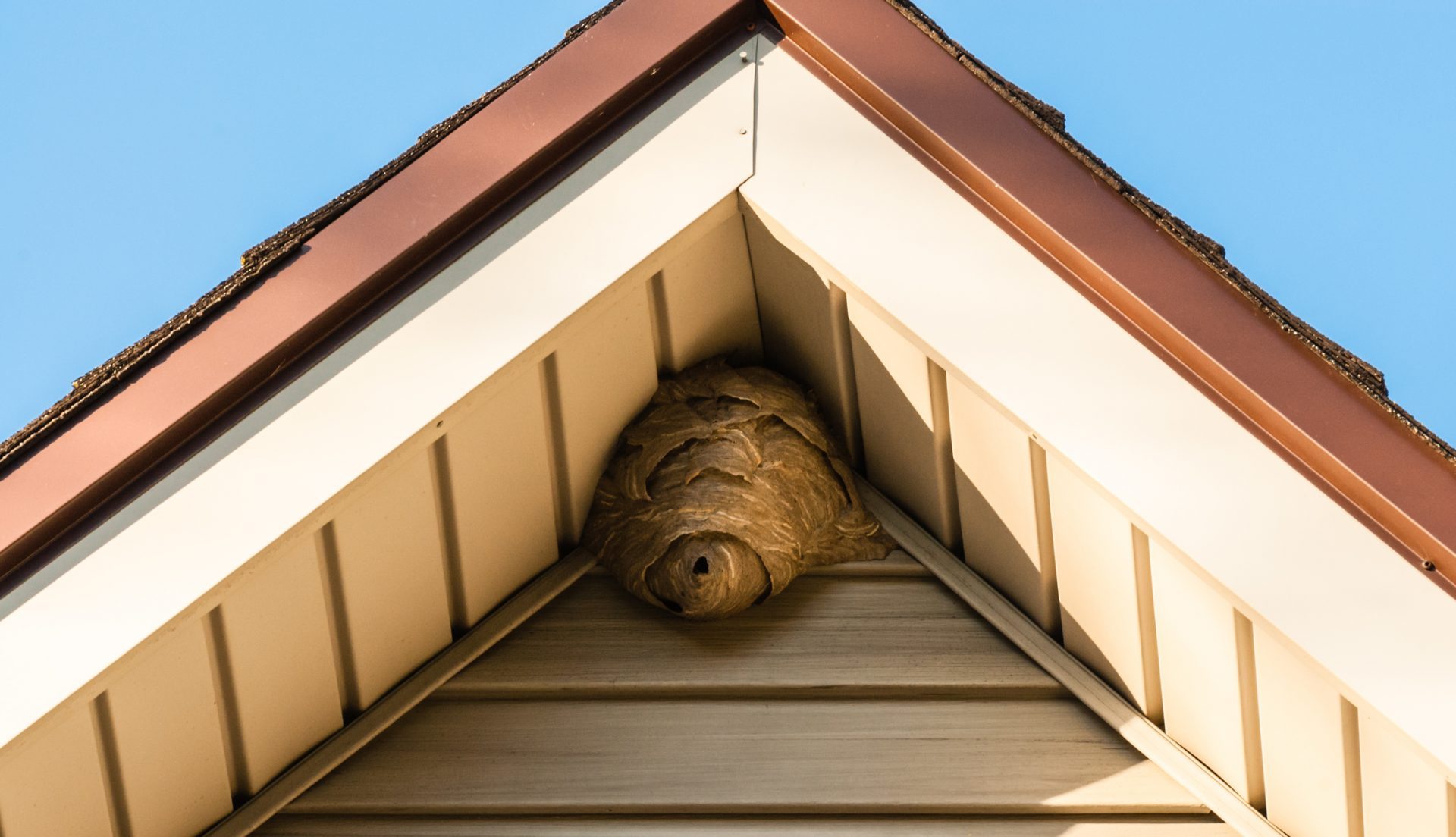
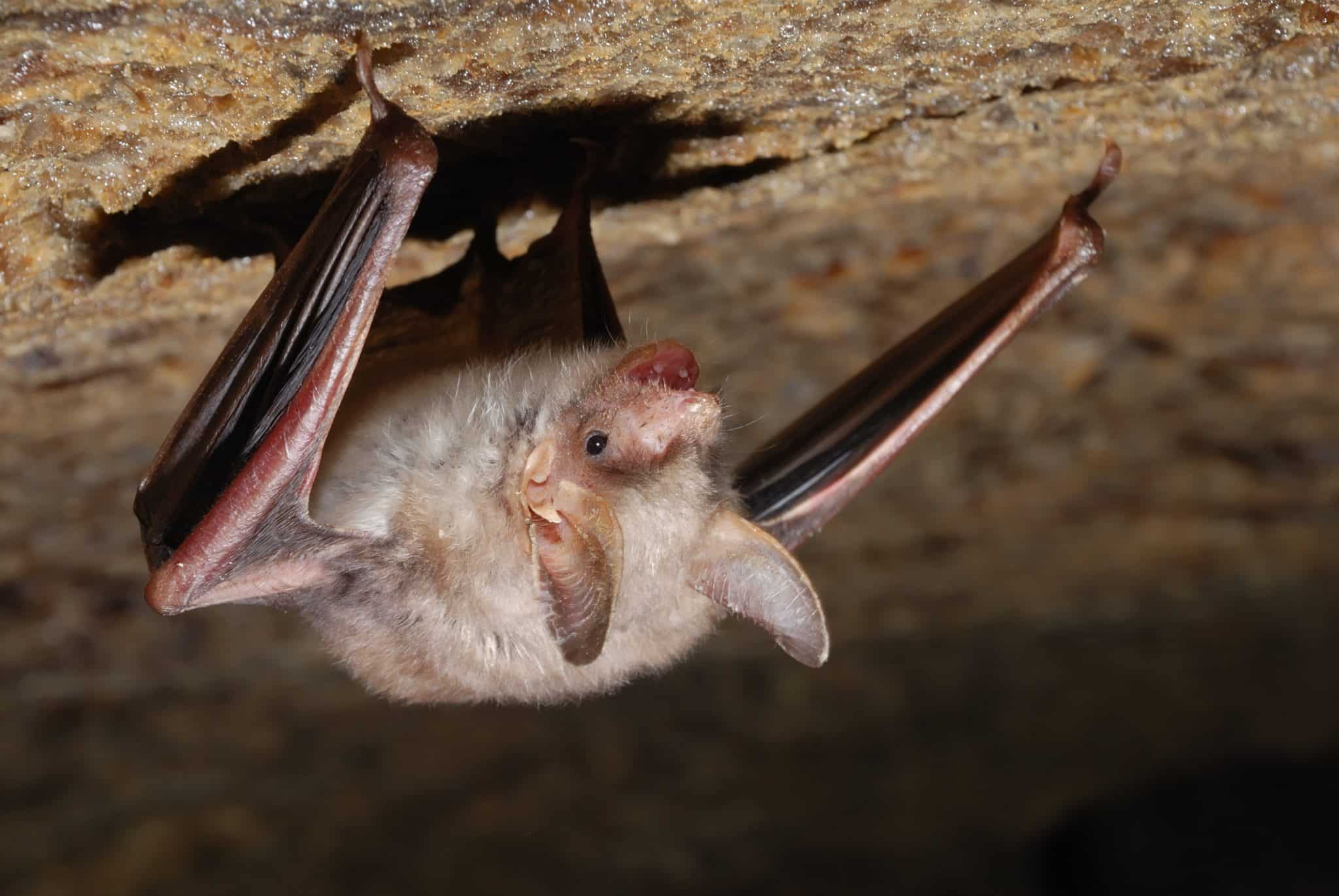

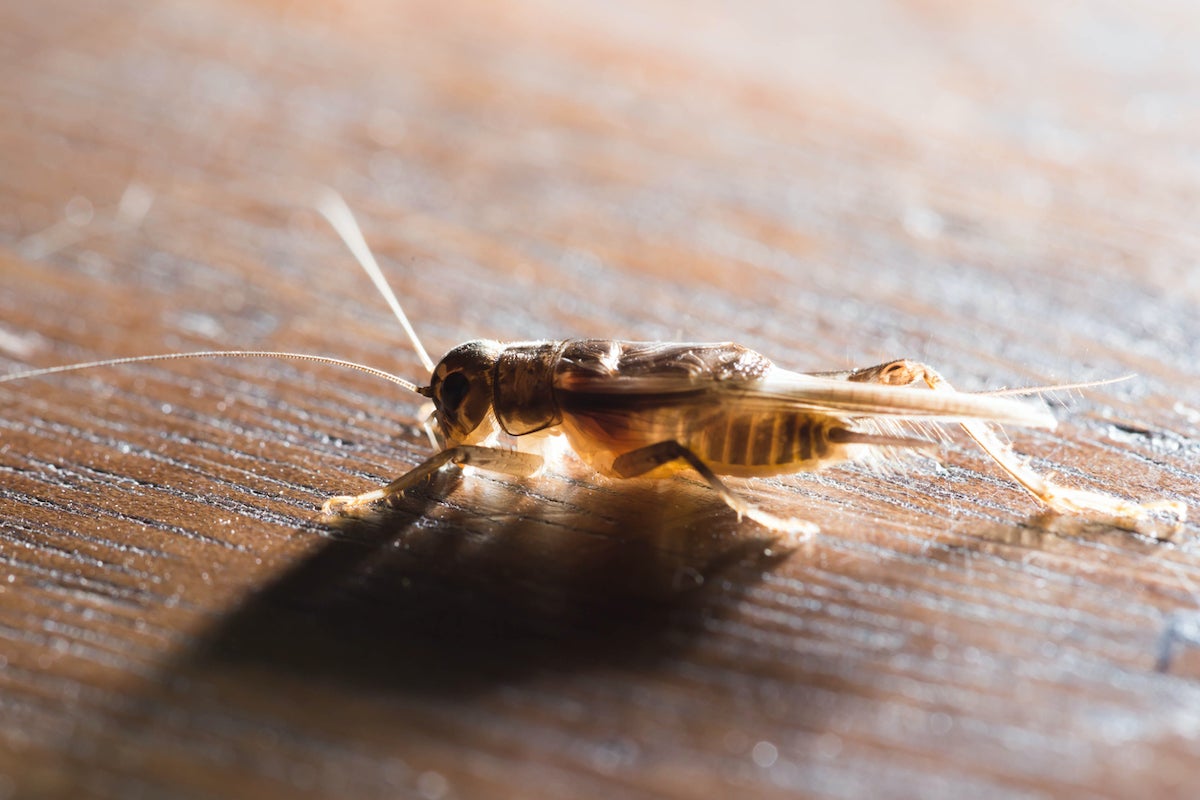
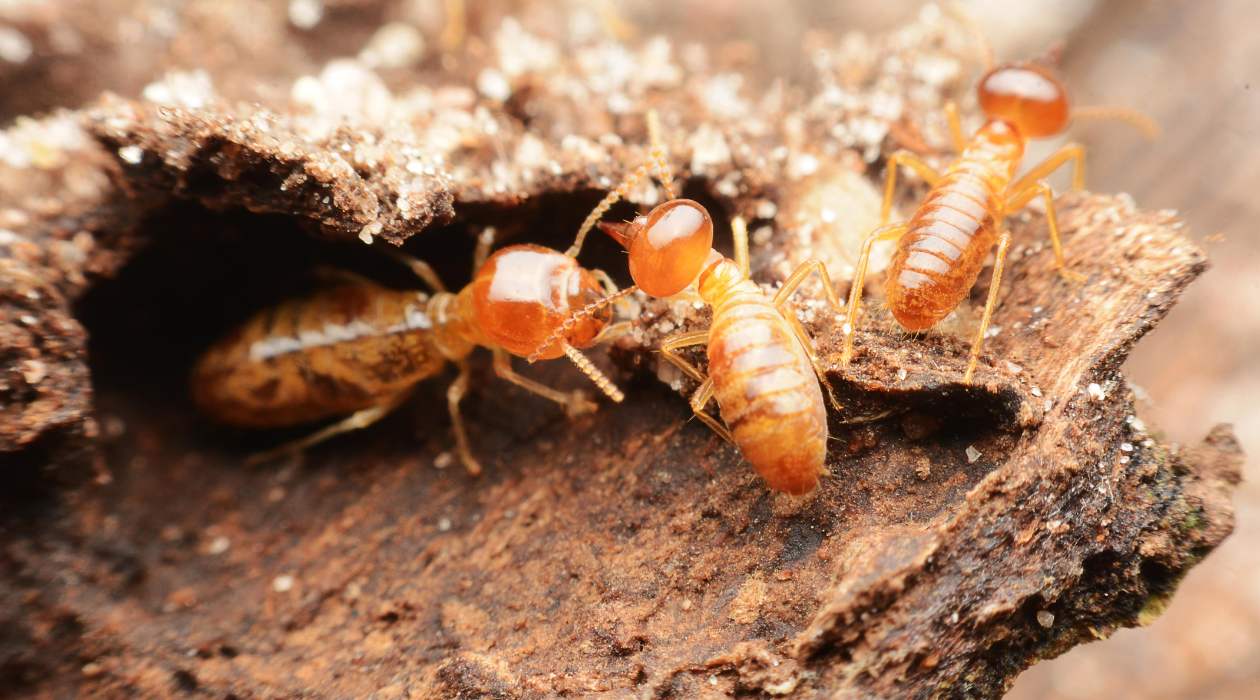
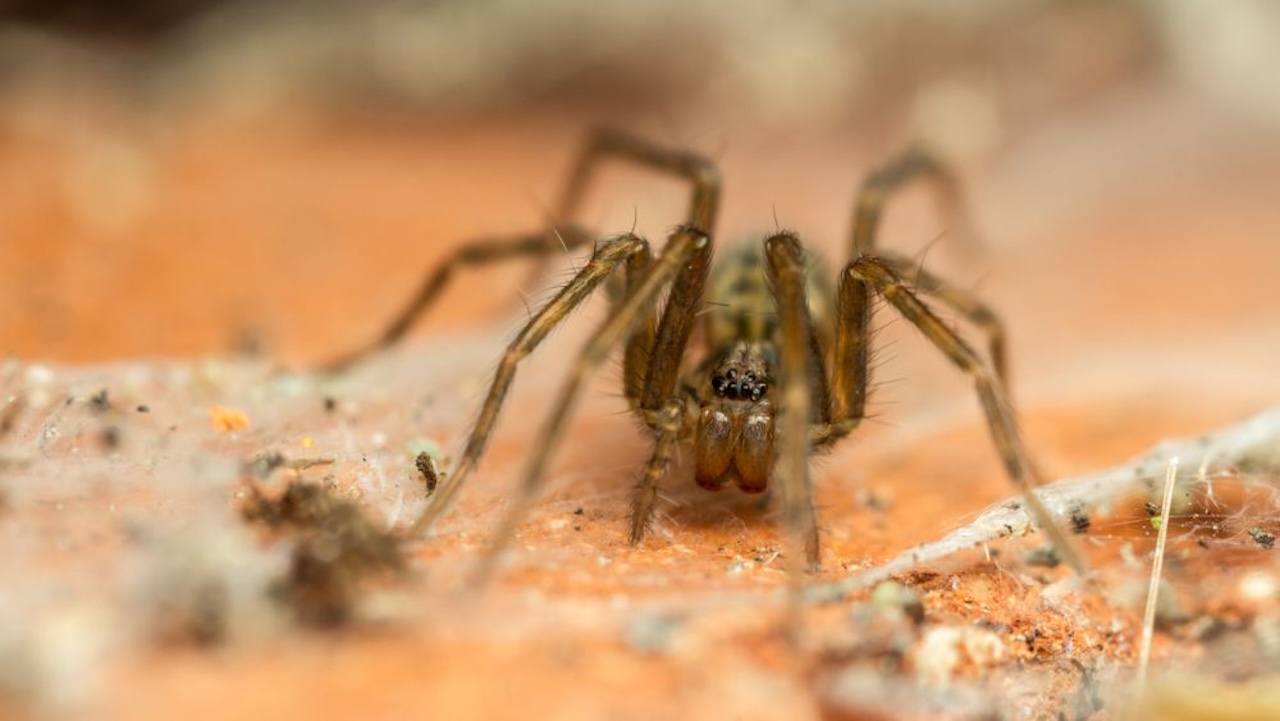
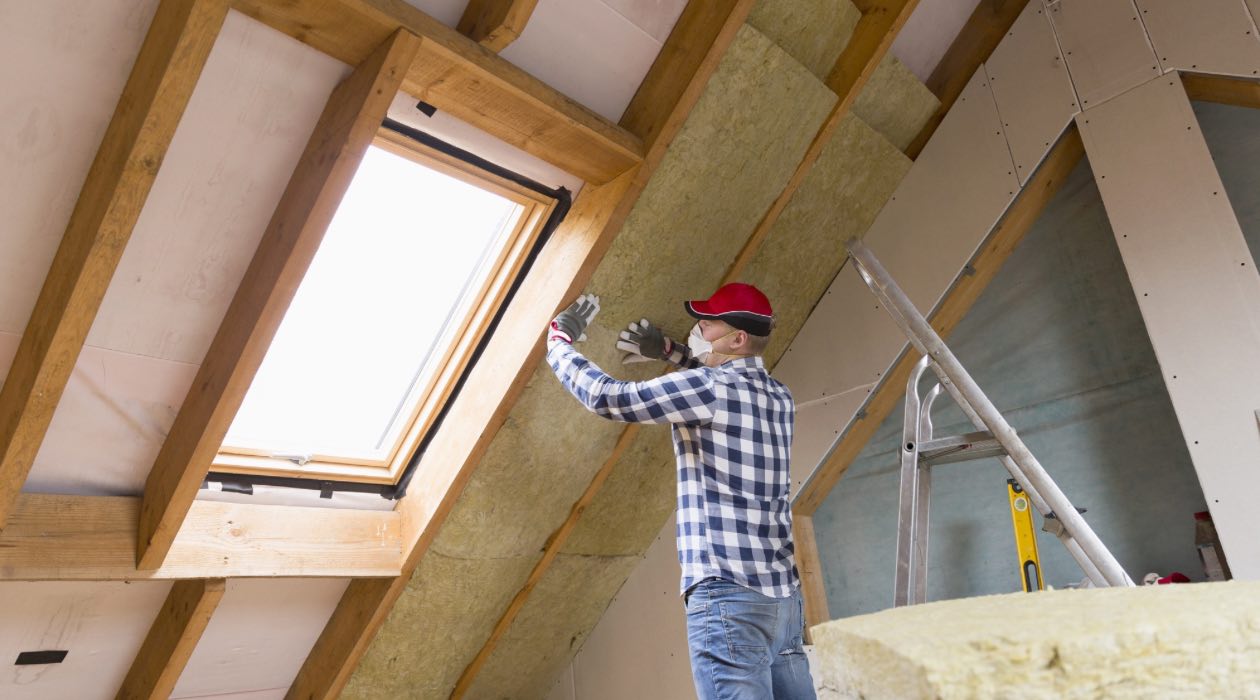
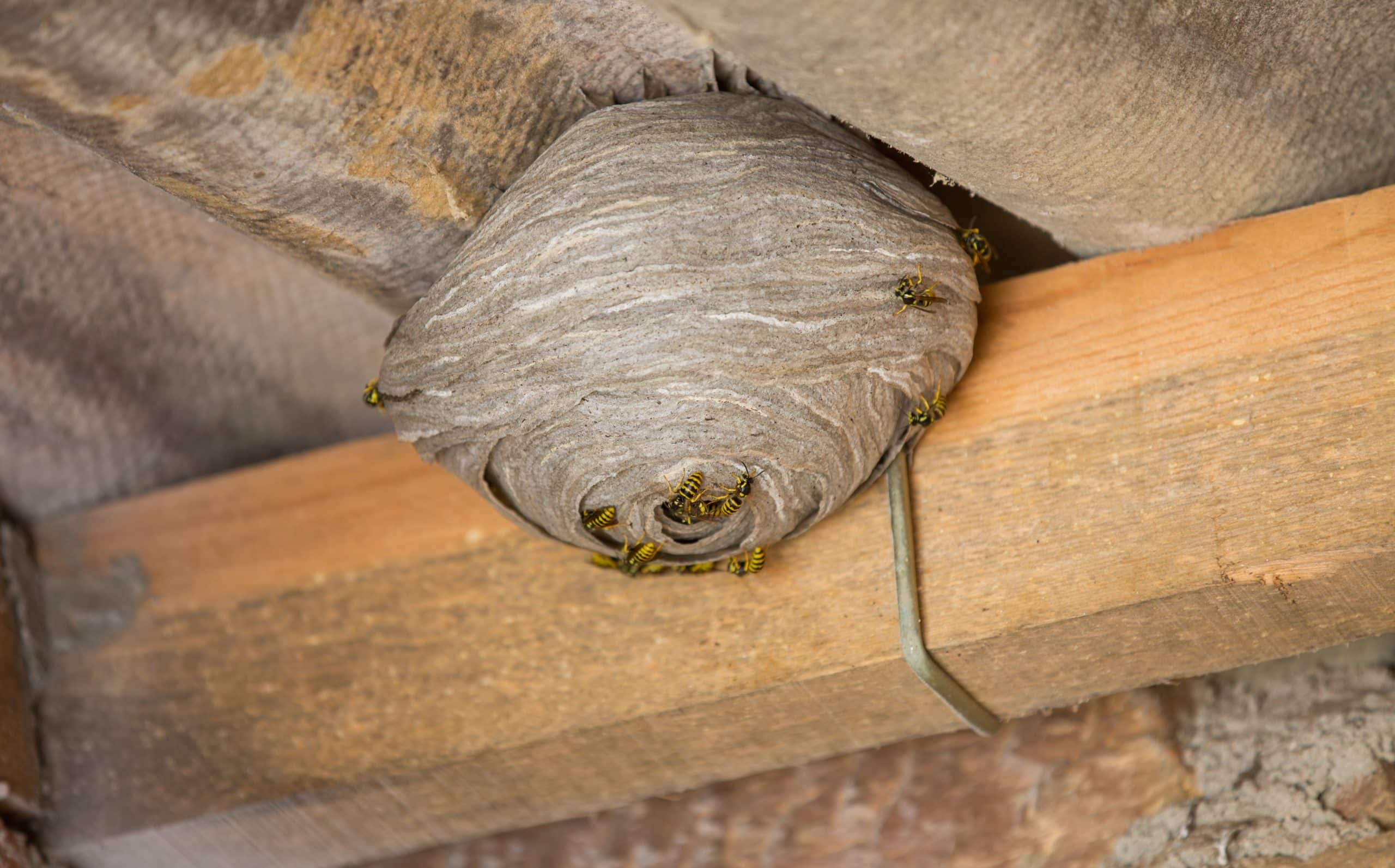
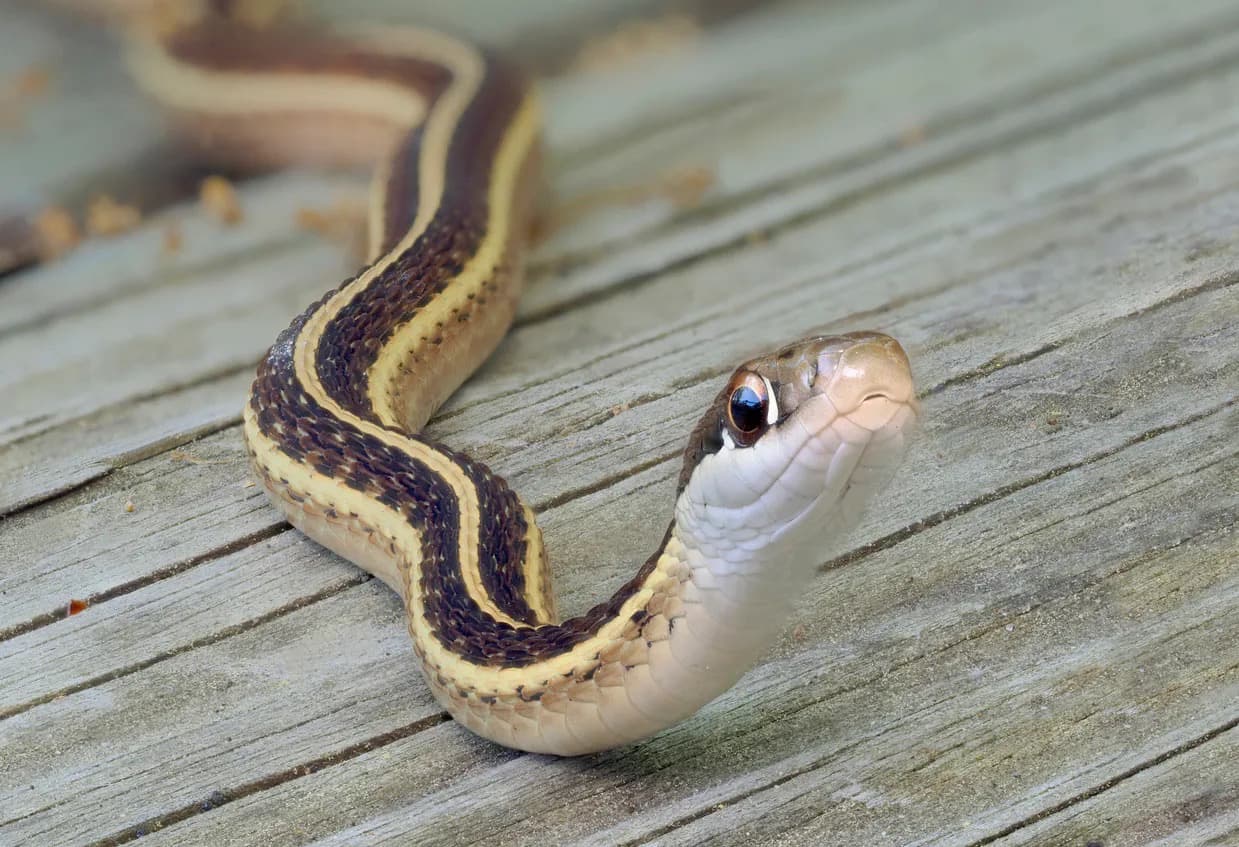
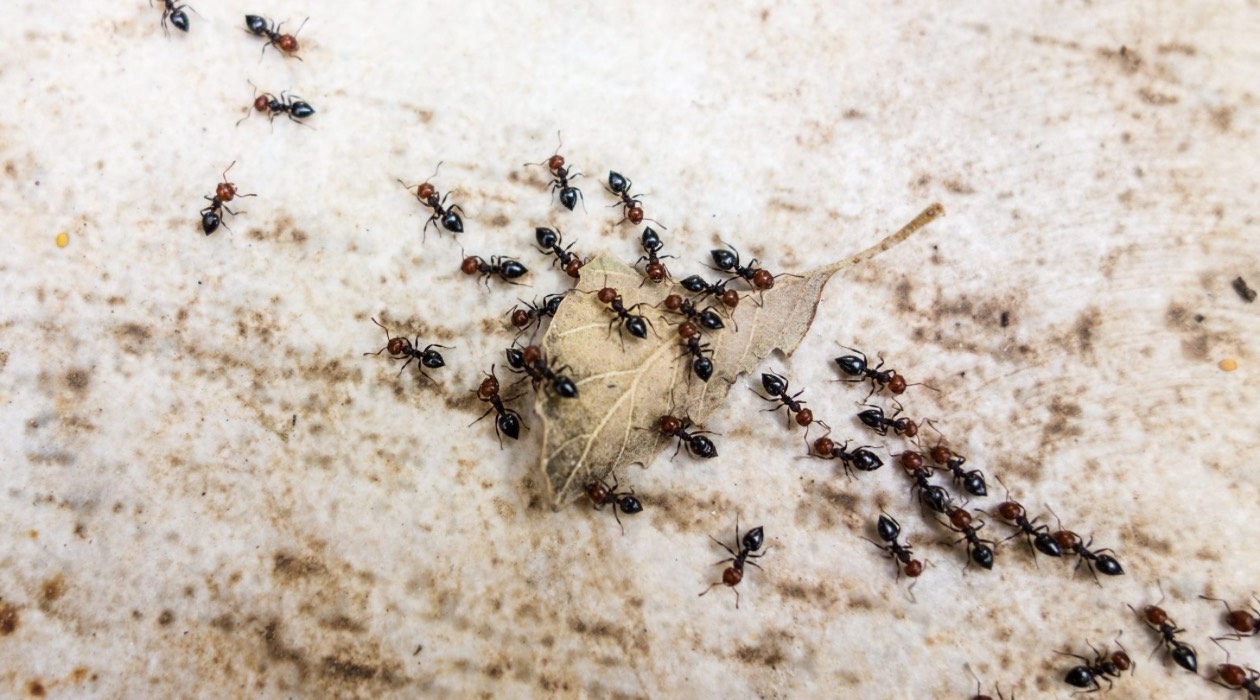
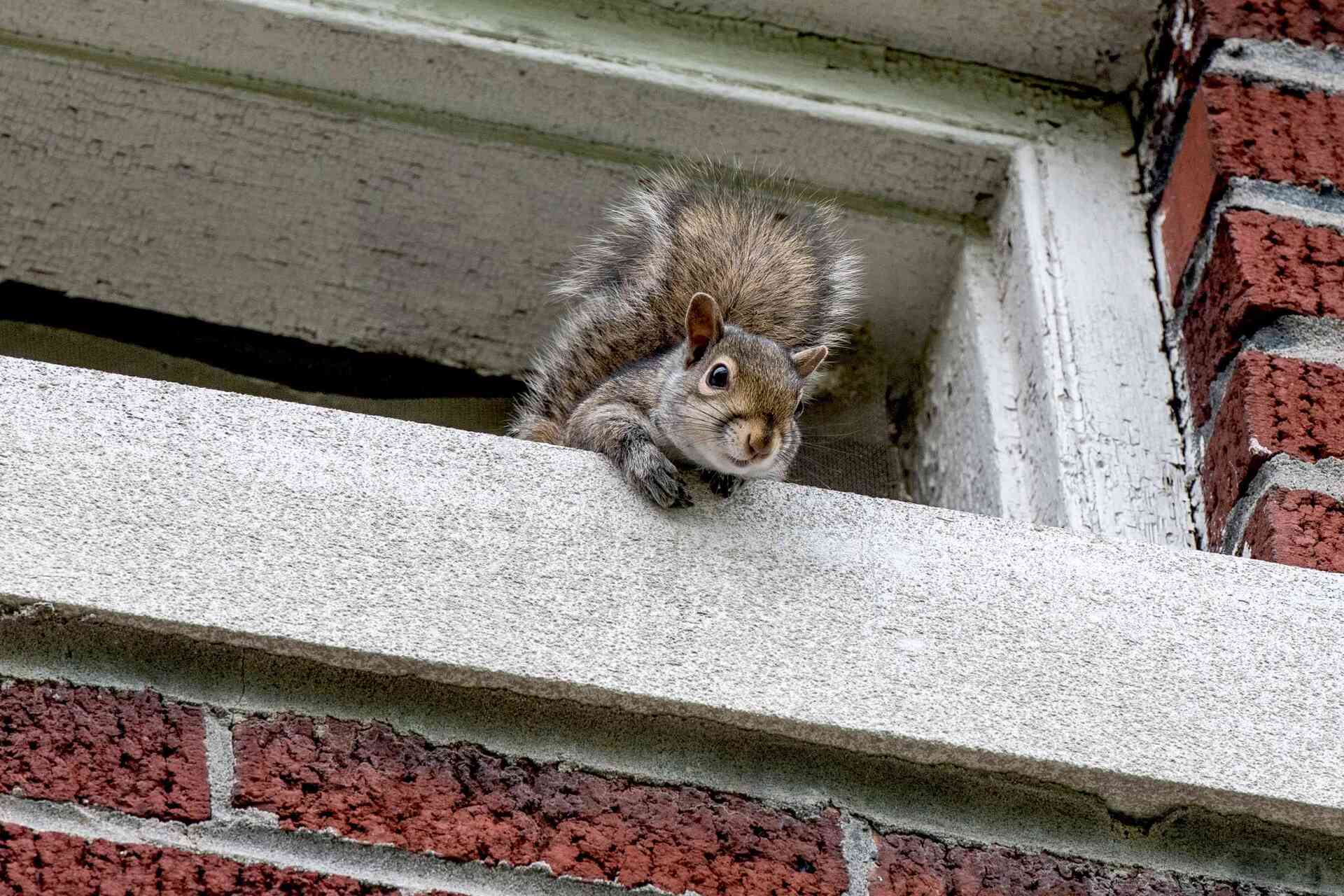
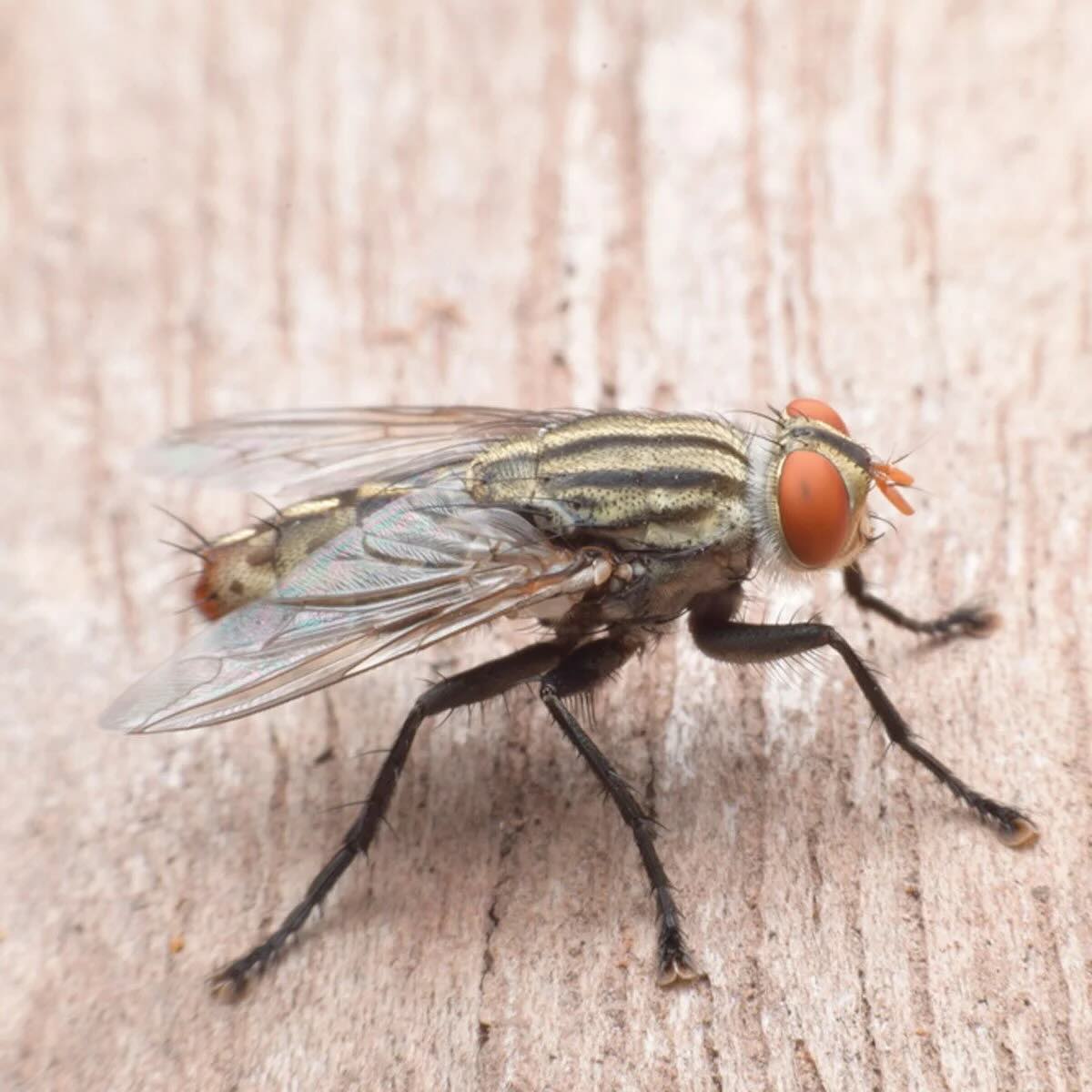

0 thoughts on “How To Get Rid Of Bees In The Attic”